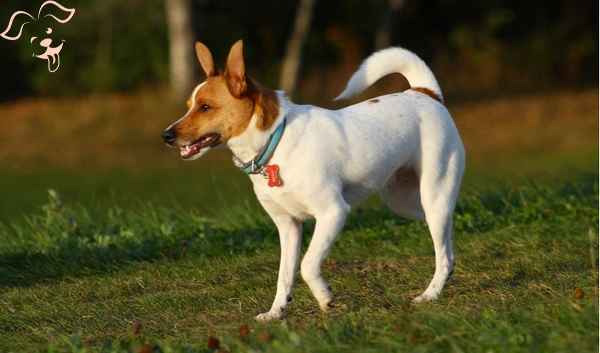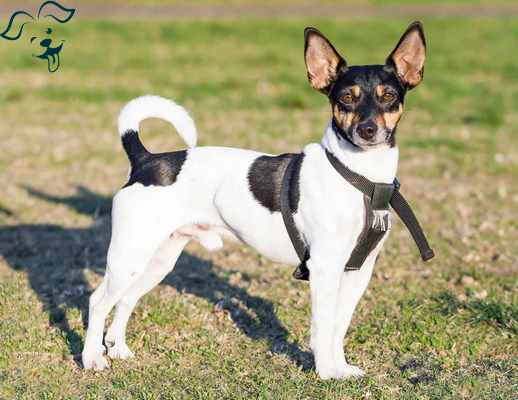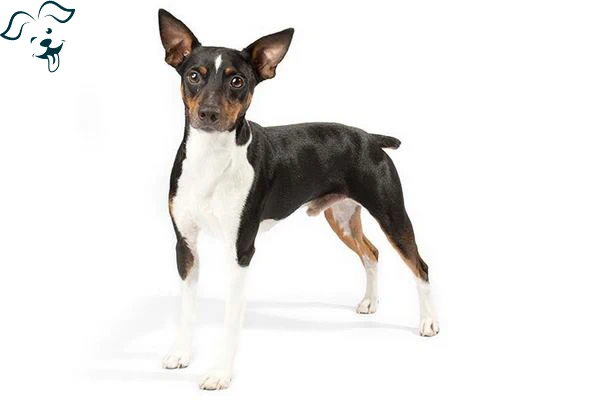CARING WITH FAMILY
|
| The level of fondness displayed by a particular breed towards its family members and acquaintances is a significant characteristic. Certain breeds may appear distant towards everyone except their owner, whereas other breeds treat all individuals they are familiar with as their closest companions. |
LOVE WITH CHILDREN
Unwise
Good With Children
|
| The extent to which a breed is tolerant and patient with the behavior of children, as well as their overall family-friendly nature is an important consideration. It is essential to always supervise dogs when they are around young children or children of any age who have limited experience with dogs. |
BEHAVIOR WITH DOGS
Unwise
Good With Other Dogs
|
| The overall friendliness of a breed towards other dogs is a key aspect to consider. While it is always important to supervise interactions and introductions between dogs, certain breeds tend to have a natural inclination to get along with other dogs, whether it be at home or in public settings. |
SHEDDING LEVELS & MANAGEMENT
No Shedding
Hair Everywhere
|
| The amount of fur and hair that a breed is likely to shed is a significant factor to consider. Breeds with high shedding tendencies will require more frequent brushing have a higher likelihood of triggering allergies in some individuals and will necessitate more consistent vacuuming and lint-rolling efforts. |
COAT GROOMING STANDARDS
|
| The regularity of bathing, brushing, trimming, and other coat maintenance tasks varies among different breeds. It is important to consider the amount of time, patience and budget you can allocate for such care when evaluating the grooming requirements. Additionally, it is crucial to note that all breeds require regular nail trimming. |
DROOLING INTENSITY
Less Likely to Drool
Always Have a Towel
|
| The propensity of a breed to drool is another aspect to consider. If you prioritize cleanliness and are particular about keeping your surroundings neat, breeds that leave trails of slobber on your arm or create large wet spots on your clothes may not be the ideal choice for you. |
COAT STYLES GUIDE |
| Smooth |
| COAT SPECTRUM |
| Short |
FRIENDLINESS
Reserved
Everyone Is My Best Friend
|
| The level of receptiveness a breed displays towards strangers is an essential characteristic to consider. Certain breeds tend to be cautious or reserved around unfamiliar individuals, regardless of the setting. On the other hand, some breeds are generally eager and happy to meet new humans whenever they come across them! |
LIVELINESS
Only When You Want To Play
Non-Stop
|
| The level of enthusiasm a breed exhibits towards play, even beyond puppyhood is an important consideration. Some breeds will continue to have a strong desire to engage in playful activities like tug-of-war or fetch well into their adult years. Conversely, other breeds will be content to spend most of their time simply relaxing on the couch with you. |
VIGILANCE INTENSITY
What's Mine Is Yours
Vigilant
|
| The inclination of a breed to alert you of the presence of strangers is an important factor to consider. These breeds are more likely to react to any potential threat be it the mailman or a squirrel outside the window. Moreover, these breeds are prone to becoming more accepting of strangers who enter the house and are welcomed by their family. |
ADAPTATION CAPACITY
Lives For Routine
Highly Adaptable
|
| The adaptability of a breed to handle change is a crucial factor to consider. This includes their ability to adjust to changes in living conditions, noise levels, weather conditions, daily schedules and other variations that occur in day-to-day life. |
OBEDIENCE LEVEL
Self-Willed
Eager to Please
|
| The ease of training and the willingness to learn new things are important factors to consider when choosing a breed. Some breeds demonstrate a strong desire to please their owner and are generally more eager to learn and be trained. Conversely, other breeds may have a more independent streak preferring to do things on their own terms and in their own time, regardless of their owner's preferences. |
STAMINA LEVEL
|
| The exercise and mental stimulation need of a breed is crucial considerations. High-energy breeds require ample physical activity and mental stimulation to keep them engaged and satisfied. These breeds are often eager for adventure and will spend their time running, jumping and playing throughout the day. On the other hand, low-energy breeds are generally content with a more relaxed lifestyle and are happy to spend their time laying around and snoozing. |
VOCALIZATION
|
| Medium |
LEARNING CURIOSITY LEVEL
Happy to Lounge
Needs a Job or Activity
|
| The mental stimulation requirements of a breed are crucial for keeping them happy and healthy. Purpose-bred dogs in particular may have specific jobs that involve decision-making, problem-solving, concentration and other mental qualities. Without adequate mental exercise, they may seek out their own activities to keep their minds occupied and these activities may not align with what you would prefer. Providing appropriate mental stimulation for these breeds is essential to prevent boredom and encourage a well-balanced and contented dog. |
| COLORS |
|
Description
|
Registration Code
|
|
Black & White
|
019
|
|
Black White & Tan
|
034
|
|
Black Tan & White
|
030
|
|
Blue White & Tan
|
260
|
|
Red White & Sable
|
158
|
|
White & Apricot
|
200
|
|
White & Black
|
202
|
|
White Black & Tan
|
219
|
|
White & Blue Fawn
|
334
|
|
White & Blue
|
288
|
|
White & Chocolate
|
287
|
|
White, Chocolate & Tan
|
397
|
|
White & Fawn
|
207
|
|
White & Lemon
|
211
|
|
White & Red
|
214
|
|
White & Silver
|
216
|
|
White & Tan
|
217
|
|
White
|
199
|
|
| PATTERNS |
|
Description
|
Registration Code
|
|
Piebald
|
025
|
|
Spotted Or Patched
|
106
|
|
Sable, White Markings
|
067
|
|
White Mask, White Markings
|
104
|
|
White Markings, Tan Points
|
030
|
|
Badger Markings
|
001
|
|
Blanket-Back
|
084
|
|
Irish Marked
|
115
|
|
Tan Points
|
029
|
|






























FRIENDLINESS
LIVELINESS
VIGILANCE INTENSITY
ADAPTATION CAPACITY